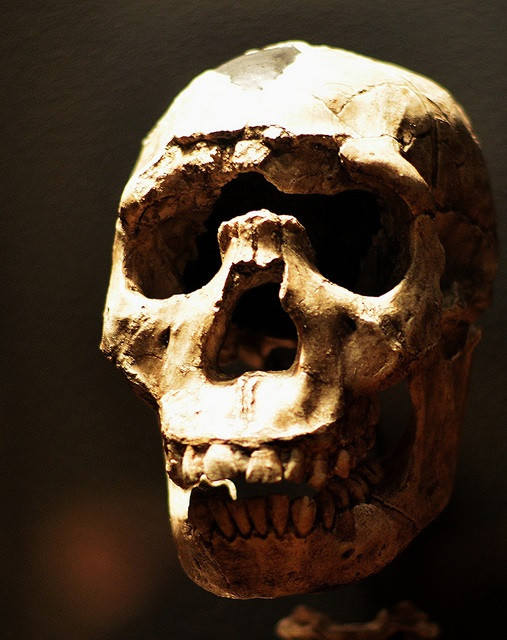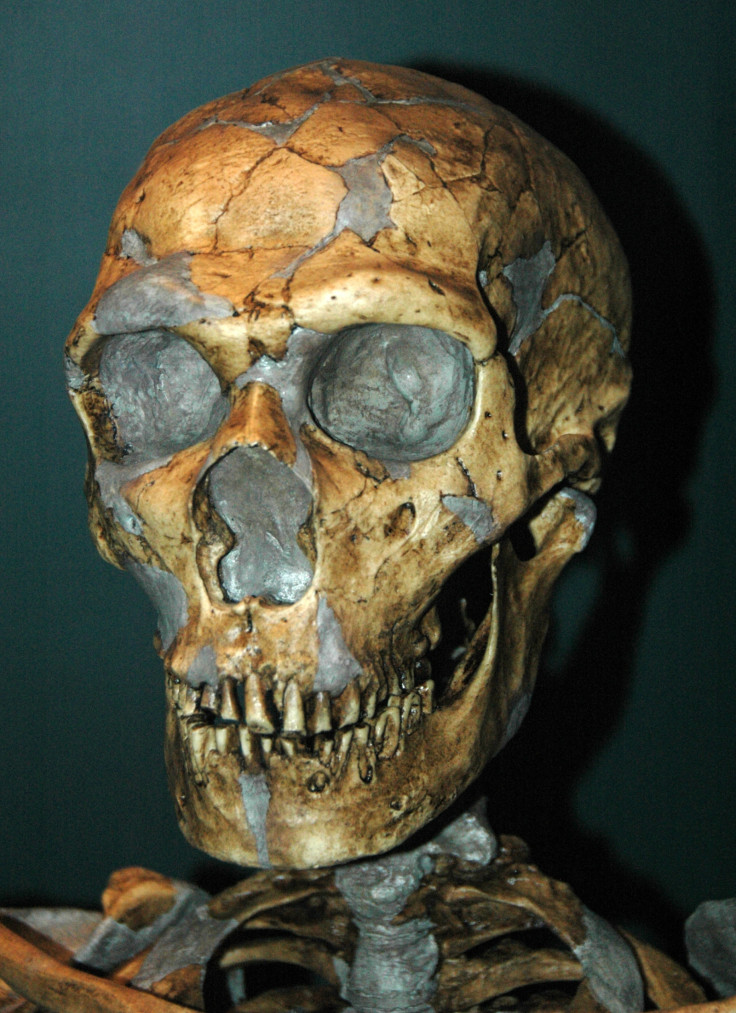Mystery of the missing Neanderthal genes solved
Neanderthal inbreeding likely gave rise to harmful genes, lost in larger human gene pool when the species interbred.
Humans and Neanderthals interbred about 50,000 years ago, and since then natural selection has been weeding out mildly harmful Neanderthal genes from our genome, new research finds.
When they interbred, early hybrids would have had roughly half human DNA and half Neanderthal DNA. This DNA has been gradually lost through weak natural selection against a range of Neanderthal genes, say the authors of a study published in the journal PLOS Genetics.
"If Neanderthal gene variants were selected against, then we would expect to see fewer Neanderthal DNA in gene-dense and more in gene-poor regions of our genome. And this is a pattern we see in the data," study author Ivan Juric of the University of California, Davis, in the US told IBTimes UK.
The team fitted a mathematical model to the data to see how natural selection had acted to push out the harmful Neanderthal genes.
These mildly harmful genes were able to persist in Neanderthal populations, Juric says, because they had a relatively small population. "In small populations individuals tend to be more closely related. This means that in small population there are more matings between cousins compared to large population. As a result, in a small populations all individuals will be genetically similar to each other," Juric says.
It is possible, however, that these genes were only harmful in human-Neanderthal hybrids, Juric says. "We can't rule out that possibility."
What is more certain is that once Neanderthals and humans hybridised, there was less inbreeding and natural selection became more efficient at removing the harmful genes, Juric says.
Factors other than population size were also likely to play a role in the decline of Neanderthal genes among humans, Juric says. Some Neanderthal genes were likely to have been lost under strong pressure of natural selection if they were particularly harmful in human-Neanderthal hybrids.

"Also, we know that there is lack of Neanderthal DNA on X chromosome and none on the Y chromosome or in mitochondria, which might suggest that sexual selection might have been important too," Juric says.
"Future research is needed to shed more light on the contribution of these other factors, and whoever does this research is likely to find a new and exciting result that will improve the understanding of the history of our species."

© Copyright IBTimes 2025. All rights reserved.






















